Yosemite National Park
Not just a great valley, but a shrine to human foresight, the strength of granite, the power of glaciers, the persistence of life, and the tranquility of the High Sierra. First protected in 1864, Yosemite National Park is best known for its waterfalls, but within its nearly 1,200 square miles, you can find deep valleys, grand meadows, ancient giant sequoias, a vast wilderness area, and much more.
You can drive to Yosemite year-round and enter via Highways 41, 140, and 120 from the west. Tioga Pass Entrance (via Highway 120 from the east) is closed from approximately November through late May or June. Hetch Hetchy is open all year but may close intermittently due to snow. Please note that GPS units do not always provide accurate directions to or within Yosemite.
- Arts and Culture
- Auto and ATV
- Scenic Driving
- Astronomy
- Biking
- Boating
- Camping
- Backcountry Camping
- Climbing
- Fishing
- Food
- Guided Tours
- Hands-On
- Hiking
- Backcountry Hiking
- Horse Trekking
- Horseback Riding
- Ice Skating
- Living History
- Paddling
- Junior Ranger Program
- Tubing
- Snow Tubing
- Skiing
- Snow Play
- Snowshoeing
- Swimming
- Wildlife Watching
- Birdwatching
- Park Film
- Museum Exhibits
- Shopping
- Bookstore and Park Store
- Architecture and Building
- African American Heritage
- Archeology
- Arts
- Painting
- Photography
- Asian American Heritage
- Burial, Cemetery and Gravesite
- Native American Heritage
- Religion and Spirituality
- Churches
- Schools and Education
- Science, Technology and Innovation
- Transportation
- Tragic Events
- Floods
- Women's History
- Animals
- Birds
- Cats (wild)
- Fish
- Climate Change
- Fire
- Foothills, Plains and Valleys
- Forests and Woodlands
- Geology
- Glaciers
- Grasslands
- Meadows
- Lakes
- Mountains
- Natural Sounds
- Night Sky
- Astronomy
- River and Riparian
- Rock Landscapes and Features
- Scenic Views
- Trails
- Unique Species
- Watersheds
- Waterfalls
- Wetlands
- Wilderness
Upper Yosemite Fall and Merced River in spring

Upper Yosemite Fall and Merced River in spring
Yosemite Valley from Tunnel View
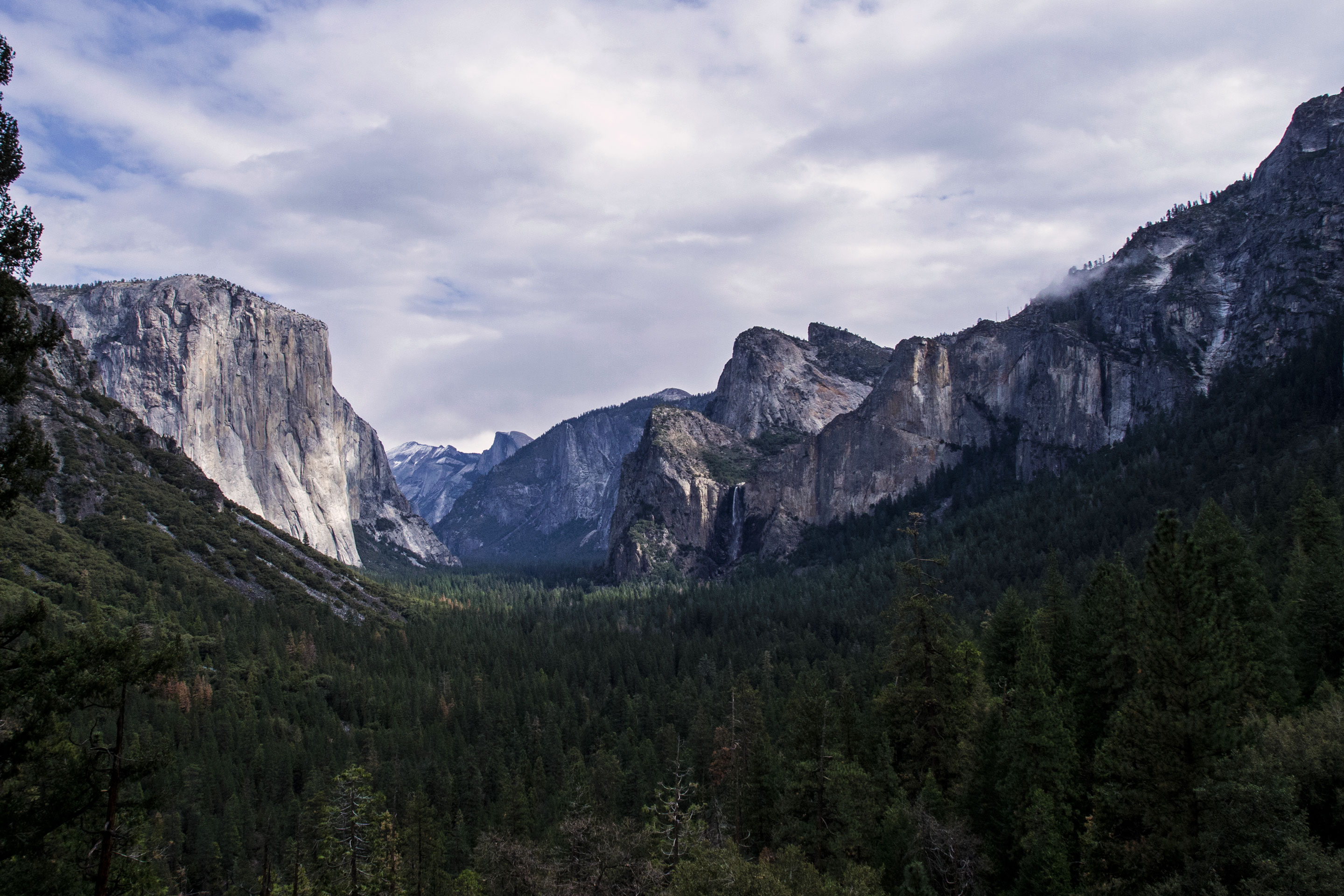
Tunnel View is perhaps one of the most photographed views in the park.
Rainbow over Half Dome
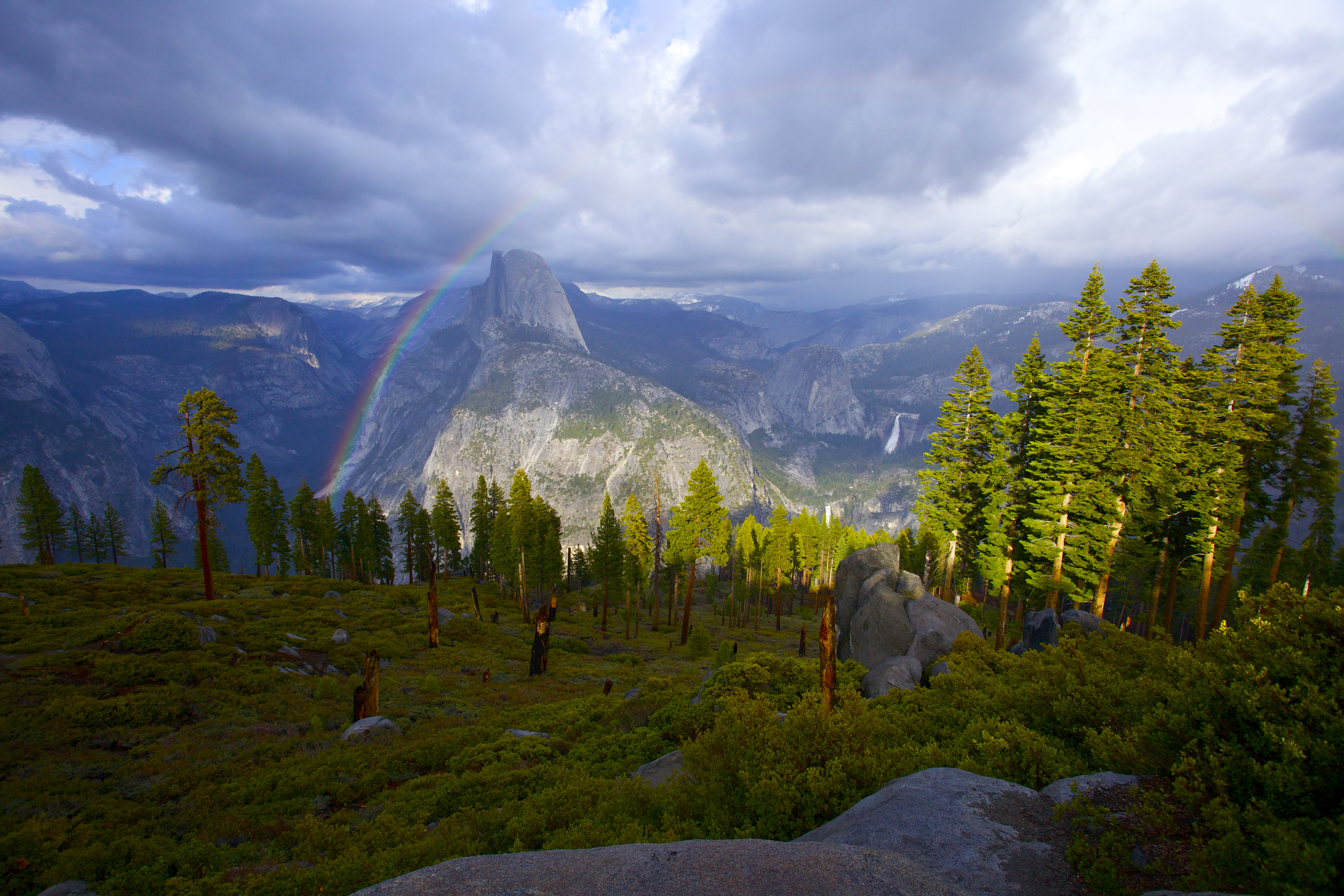
A hike up to Sentinel Dome rewards people with great views of the landscape around them.
Cathedral Peak and Lake in Autumn
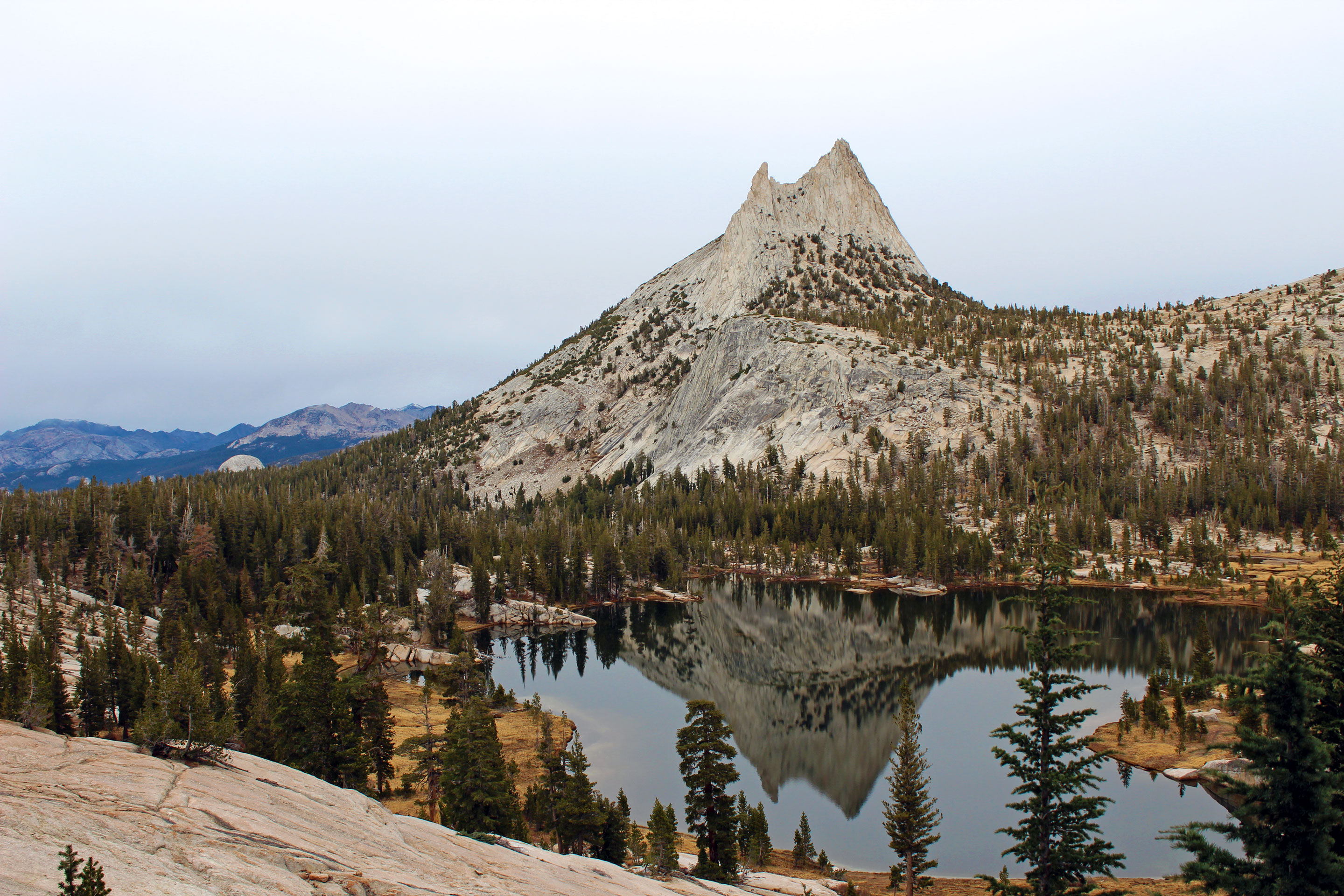
Cathedral Peak is one of the most recognizable peaks in the Yosemite Wilderness.
Lower Yosemite Fall
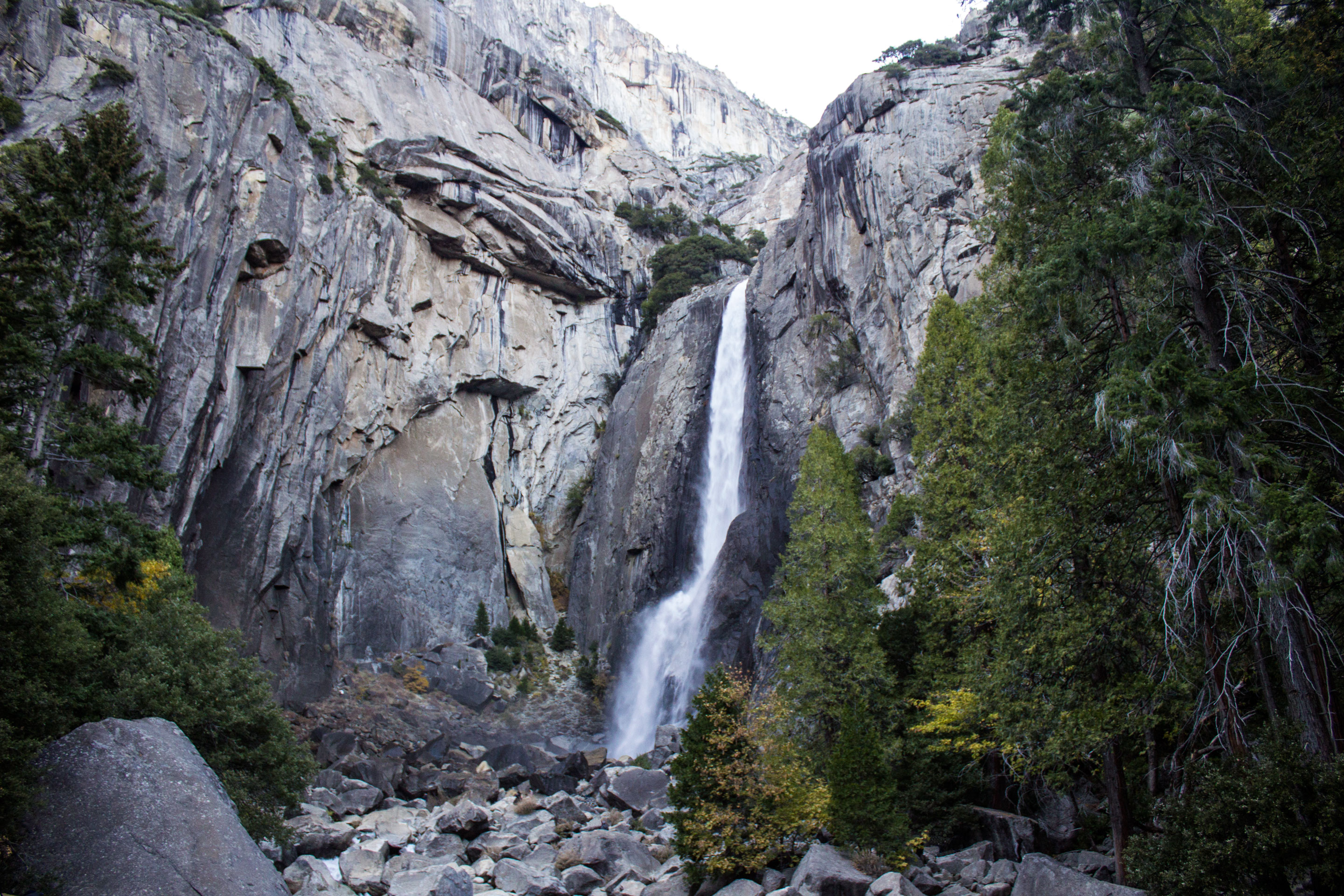
The walk to Lower Yosemite Fall is a popular and easy hike.
Yosemite Falls on a Winter Morning
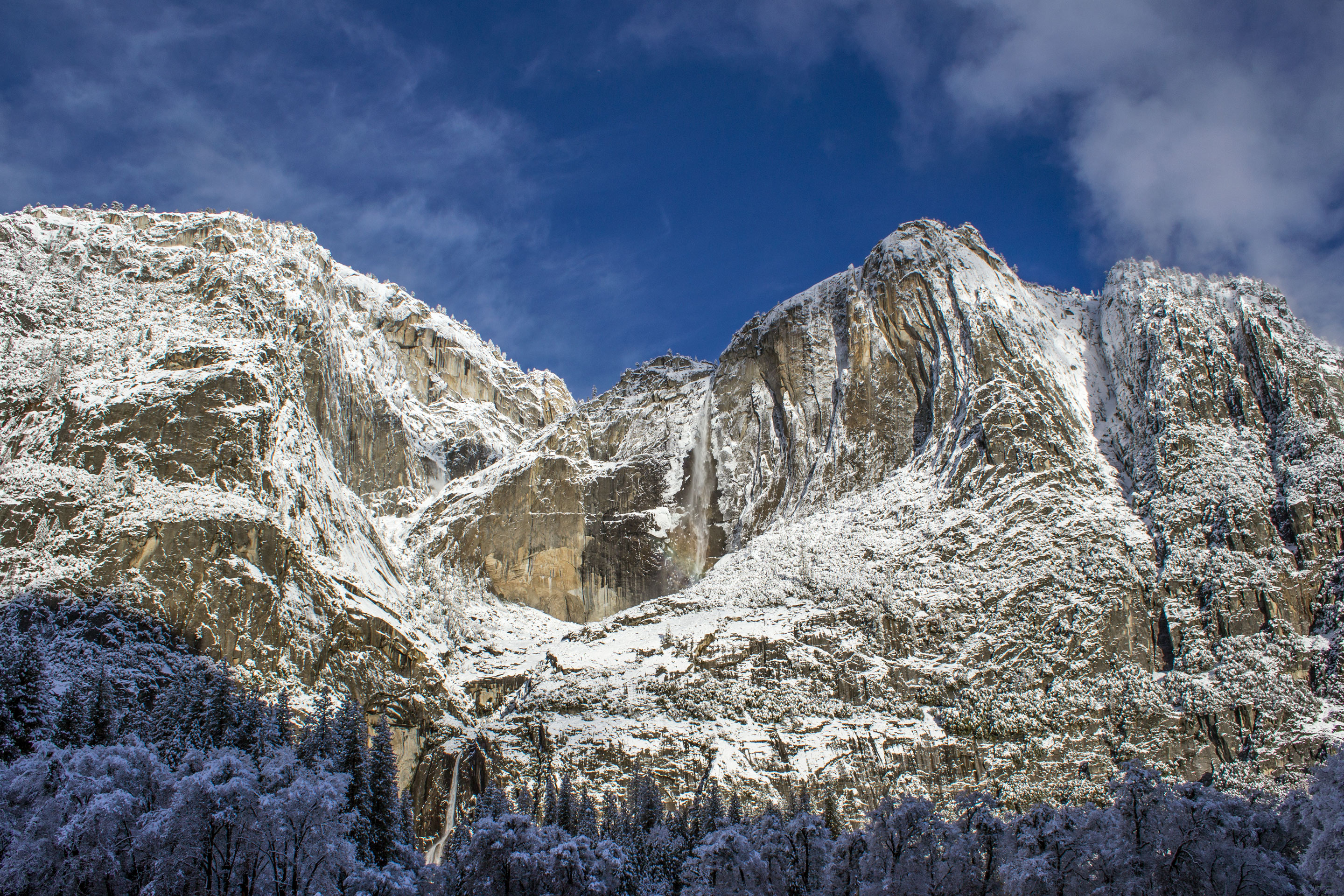
Yosemite Falls will sometimes only trickle at the end of summer, but wet winters can rejuvenate the flow.
Glen Aulin
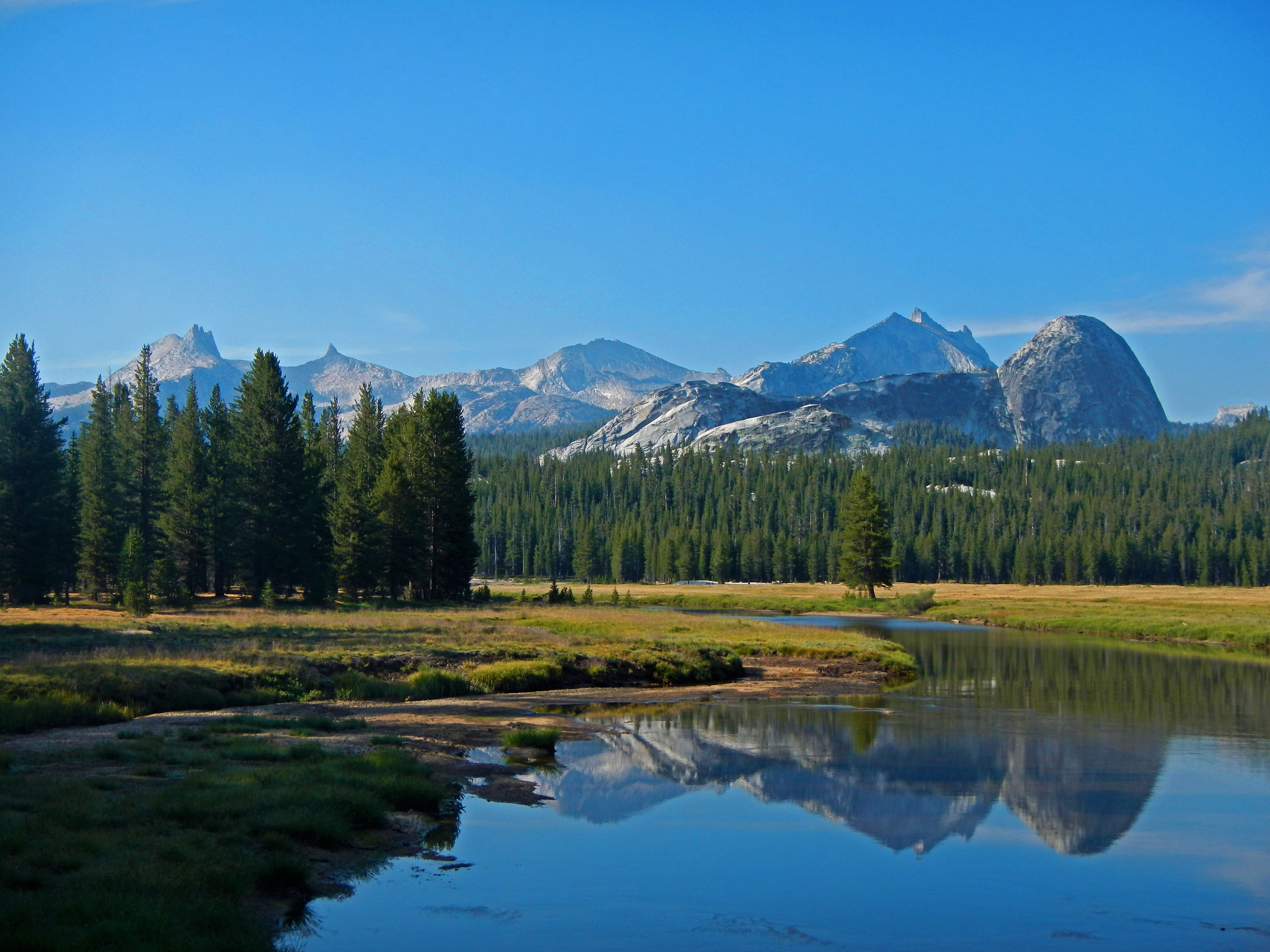
Glen Auilin is one of five High Sierra Camps, located in the Yosemite high country.
Giant Sequoia Trees in the Mariposa Grove of Giant Sequoias
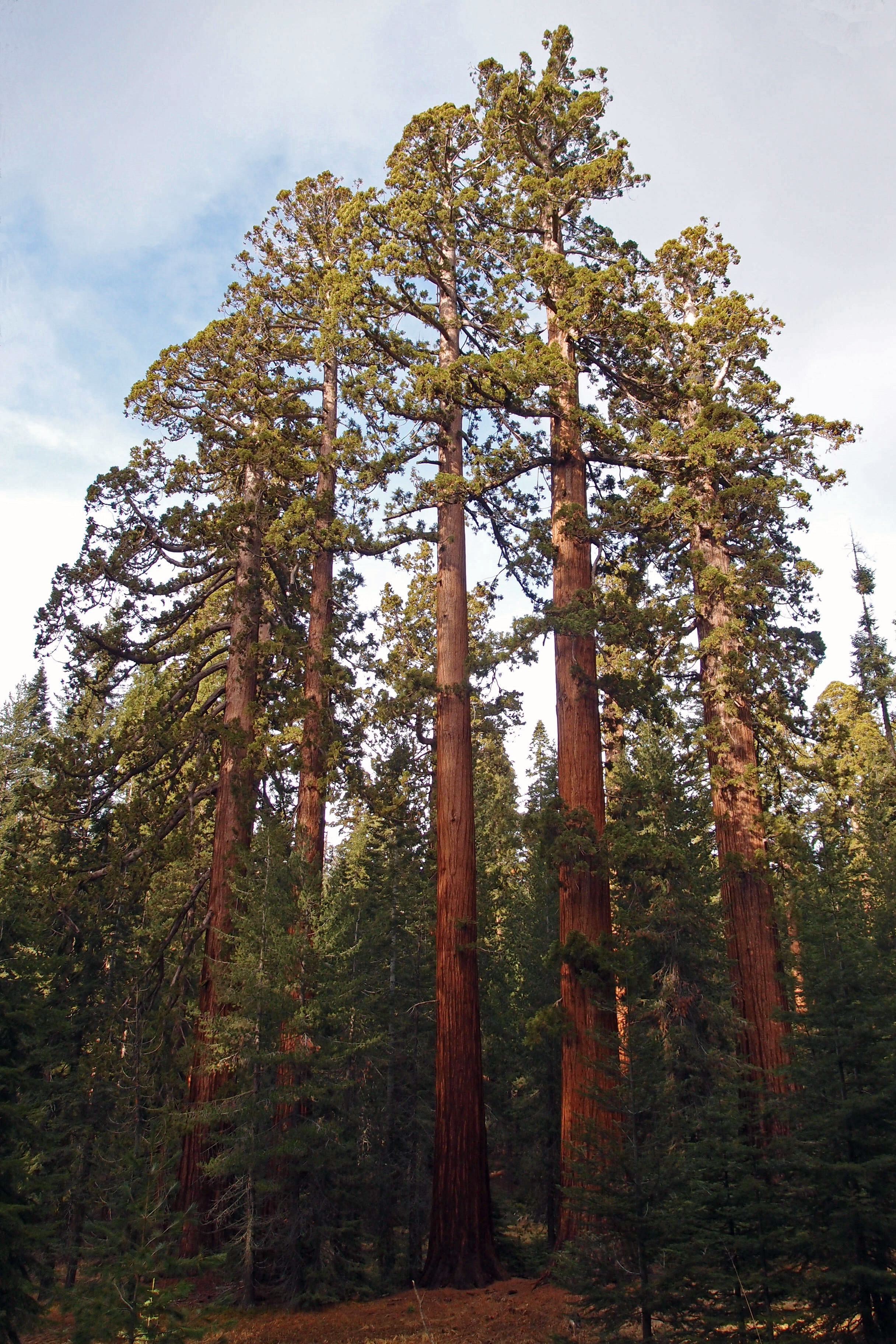
Yosemite National Park's massive giant sequoias (Sequoiadendron giganteum) live in three groves in the park. The most famous of these is the Mariposa Grove, which contains about 500 mature giant sequoias.
Tenaya Lake at Sunset
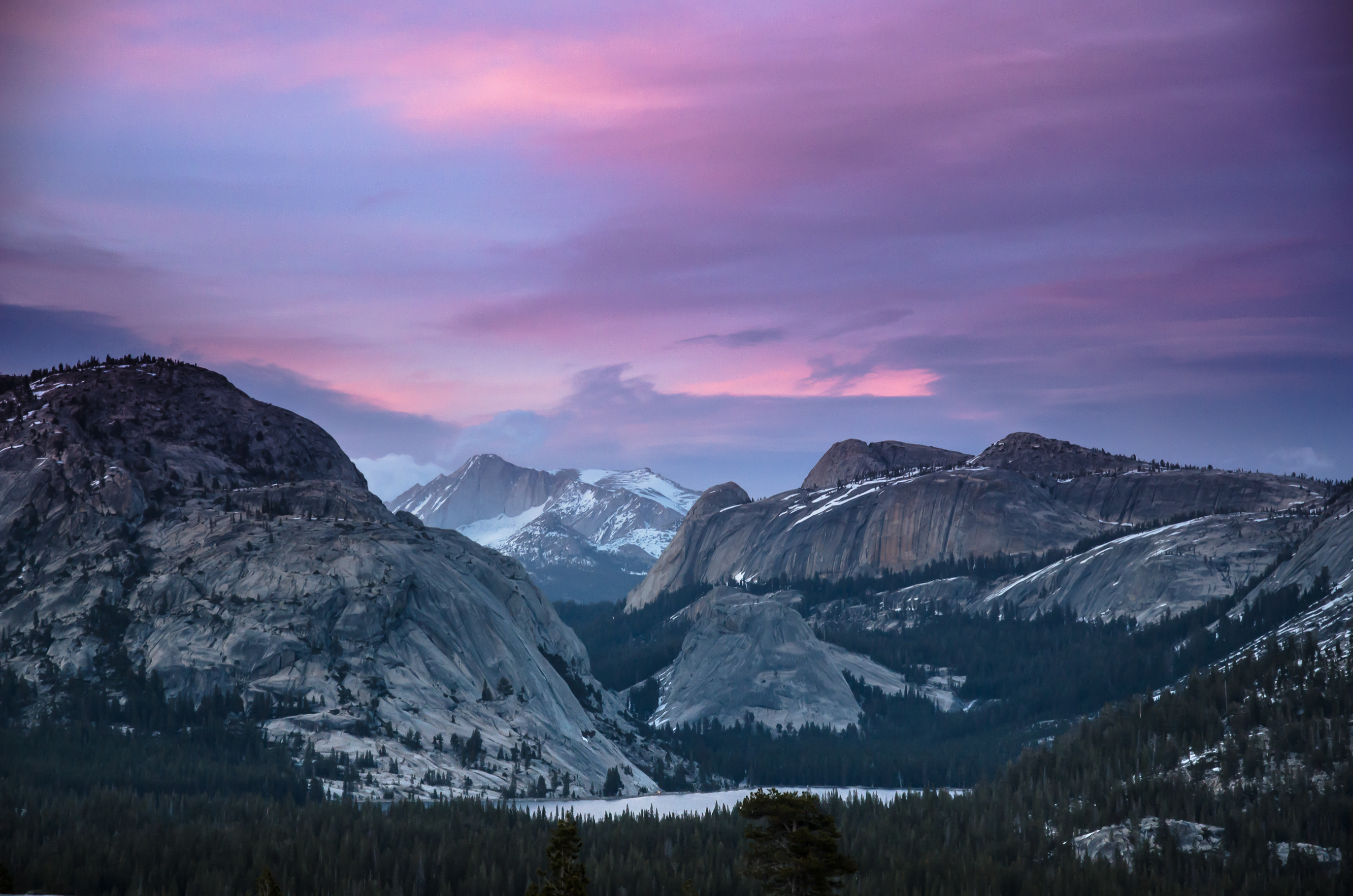
Tenaya Lake is a favorite place to stop along the Tioga Road in summer.
Half Dome
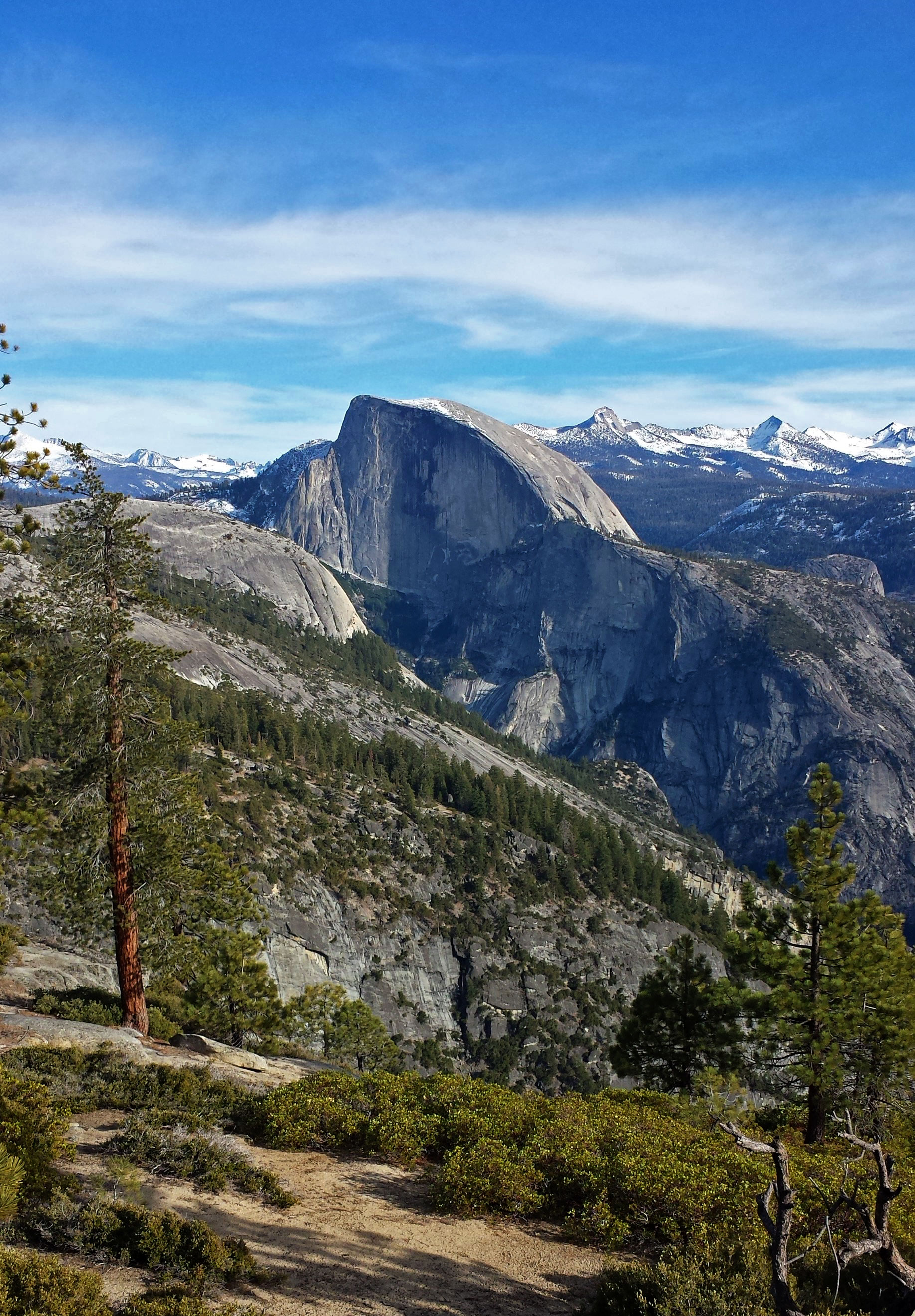
Half Dome is one of the most recognizable granitic formations in the world.
El Capitan
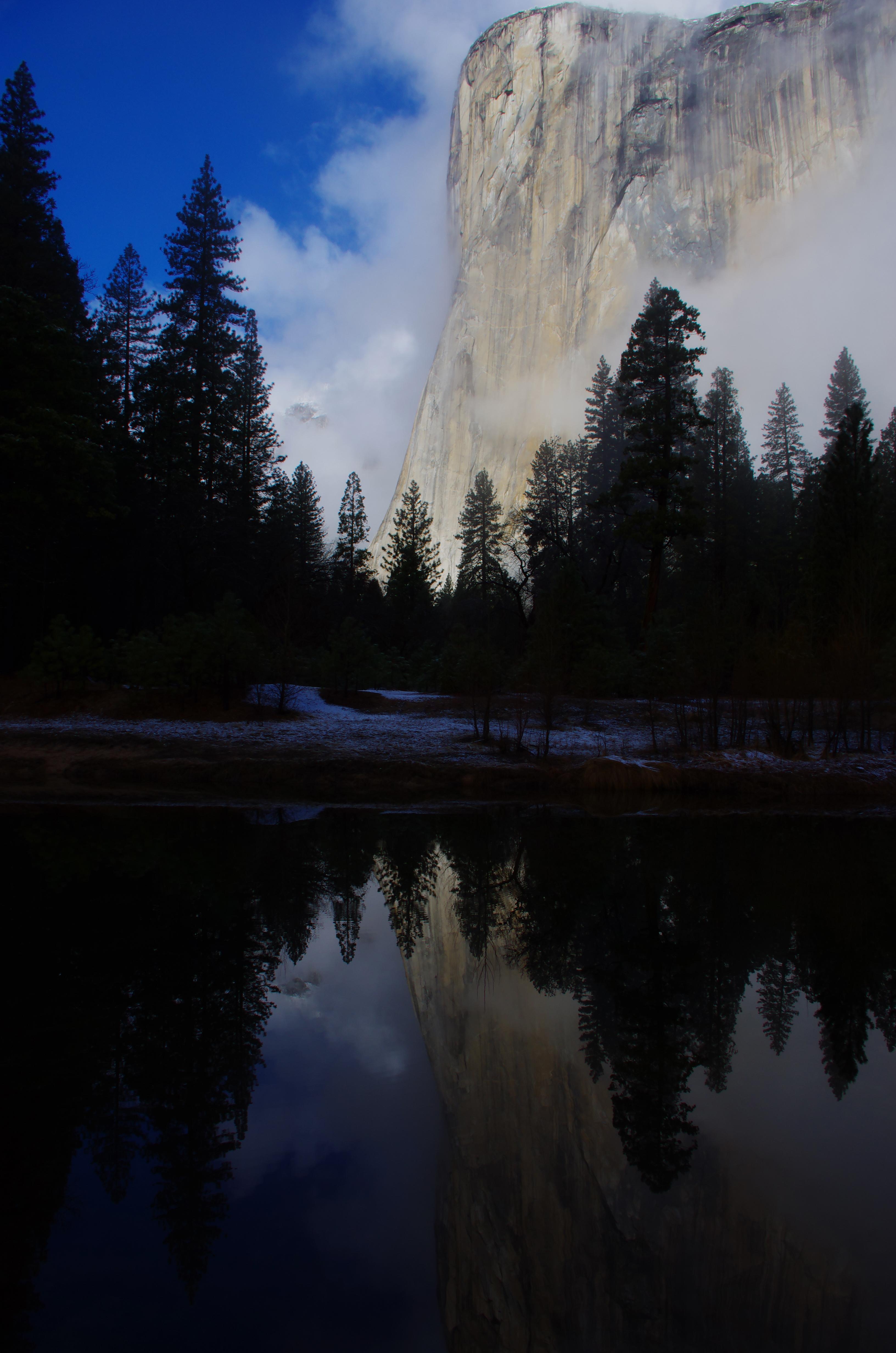
El Capitan rises over 3,000 feet above the floor of Yosemite Valley.
View of Yosemite Valley in Winter
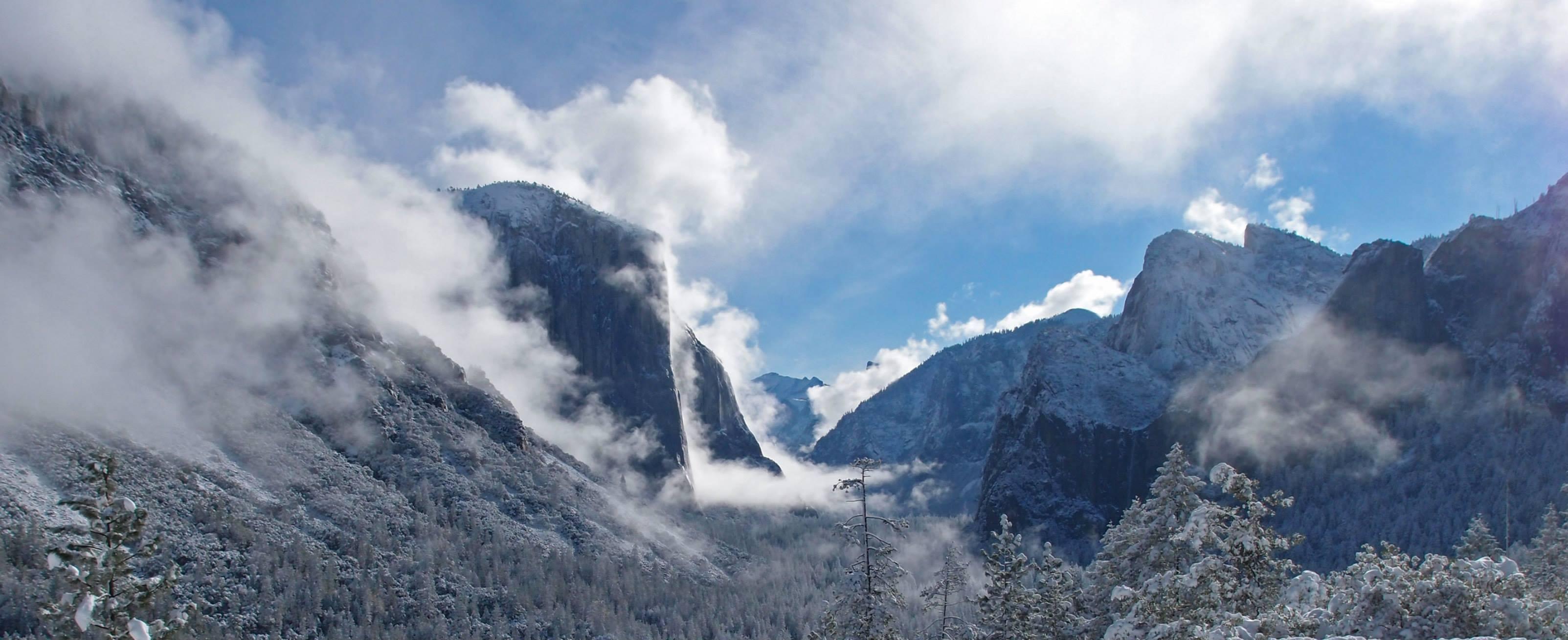
A rewarding view of Yosemite Valley in winter as seen from Tunnel View.